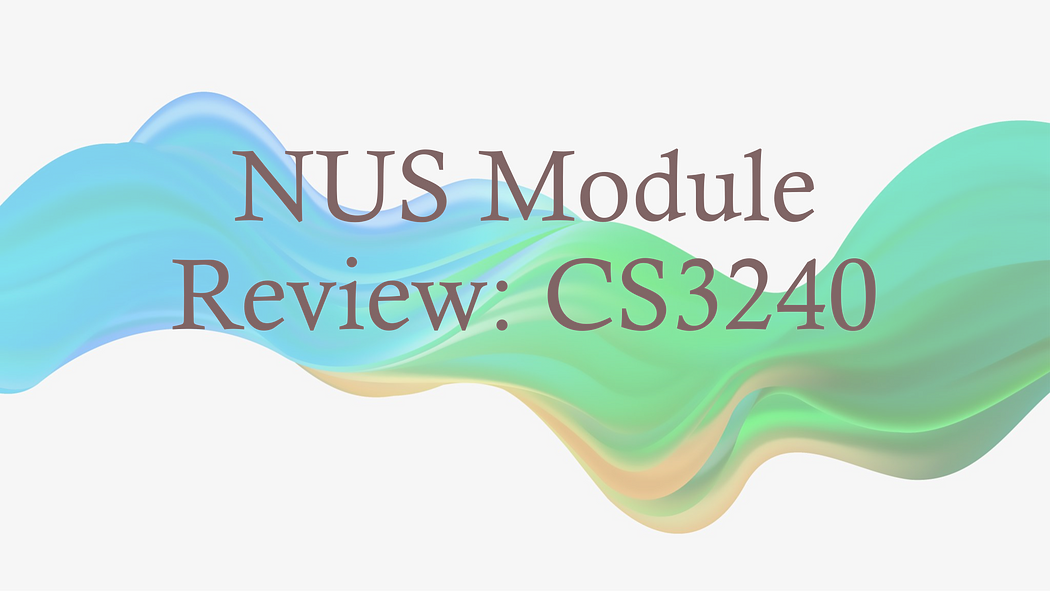
Module: CS3240 Interaction Design
Semester taken: SEM1 AY2021/2022
Lecturer / Tutor: Zhao Shengdong
Module Synopsis (taken from nusmods.com)
This course is intended for students in computing and related disciplines whose work focuses on human-computer interaction issues in the design of computer systems. The course stresses the importance of user-centred design and usability in the development of computer applications and systems. Students will be taken through the analysis, design, development, and evaluation of human-computer interaction methods for computer systems. They will acquire hands-on design skills through laboratory exercises and assignments. The course also covers HCI design principles and emphasizes the importance of contextual, organisational, and social factors in system design.
Main Learning Objectives
- Understand UI/UX (user interface, user experience)
- Understand and implement design life cycle (design, prototyping, evaluation)
Course Deliverables / Graded Components
- Group Project: 40%
- Individual Design Exercise: 15%
- Individual Design Sprint Challenge: 20%
- Class participation (problem pitch, pre-lecture quizzes, in-class activities etc): 25%
Personal Review
Initially, I thought that the module simply taught students how to use Figma (a prototyping tool for screens) and decided to take it to equip myself with a (possibly) useful skill. However, it turns out that the module had so much more to offer!
I used to think that a good UI/UX was merely about design aesthetics, but I eventually learnt that a good UI/UX, at the crux of it, is one that serves its users’ needs in solving the targeted problem. With this fundamental understanding, the module teaches usability methods such as contextual inquiry, affinity diagram, storyboards, journey maps, rapid prototyping and heuristic evaluation, that can be utilised at different stages of the design life cycle.
Regarding lesson format, it was flipped classroom style. Students were required to watch some lecture videos and do quizzes before attending class. During class, there were several group or individual exercises and students were encouraged to share their work with the class too. For most lessons, we would work incrementally on our group project via the exercises.
For the group project, students had to find a problem to solve using interaction design. The end product was a portfolio showcasing our team’s design process and final prototype. As there were multiple submissions of group deliverables throughout the semester, I recommend working on the project regularly to avoid cramping everything closer to the deadline and compromising on quality.
The individual design exercise was alike to the group project in terms of deliverables, except it was done on an individual basis and there were a few problem statements given to choose from.
Ending Note
If you are considering a UX Designer career path or something similar, this is a highly recommended module!
Read my full list of module reviews!
I also sell my module notes here, feel free to browse!
Thank you for reading!